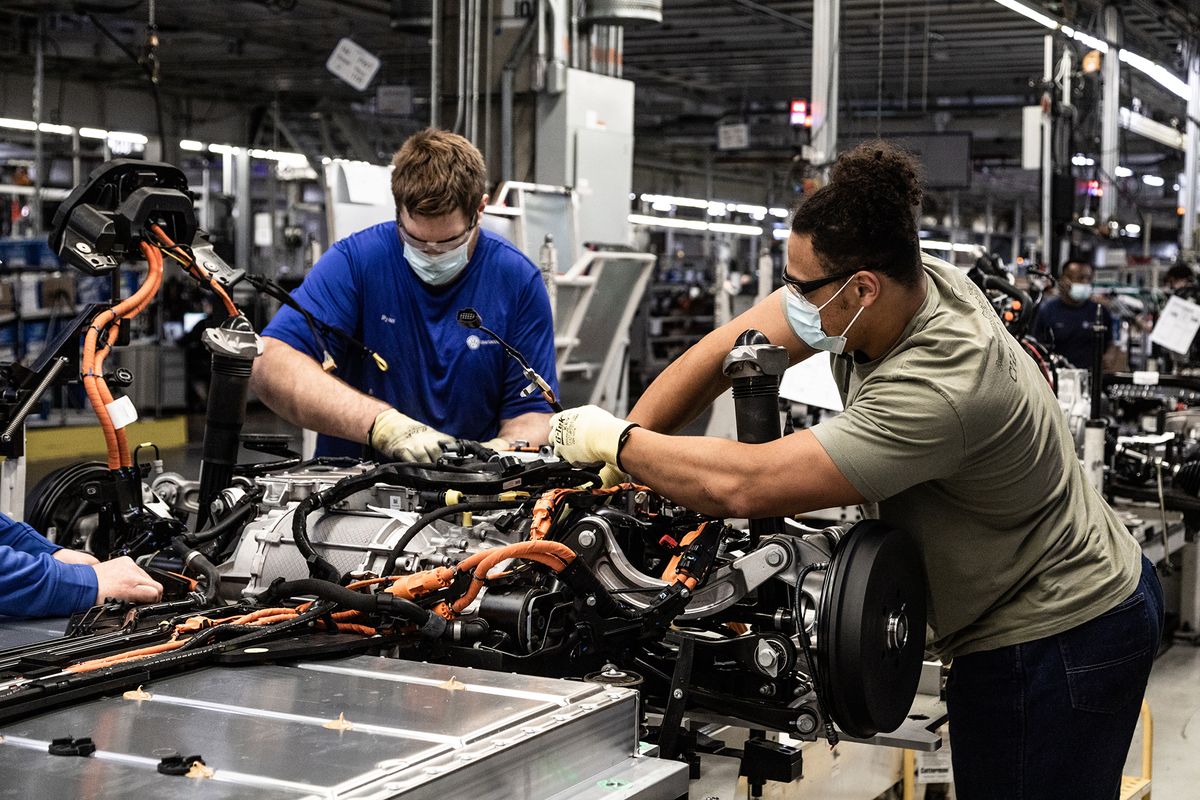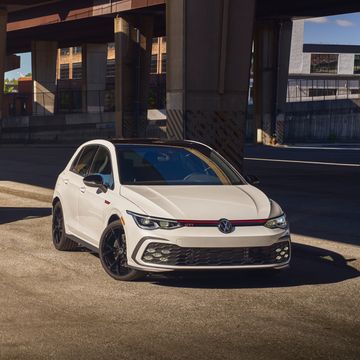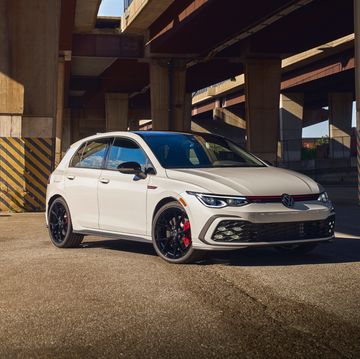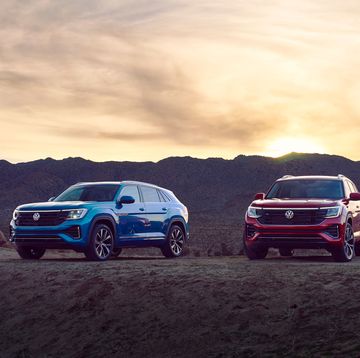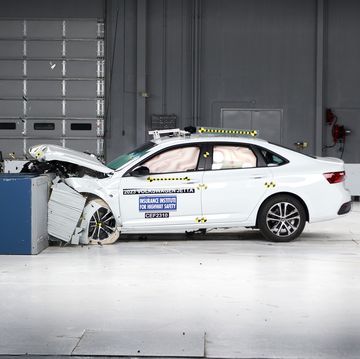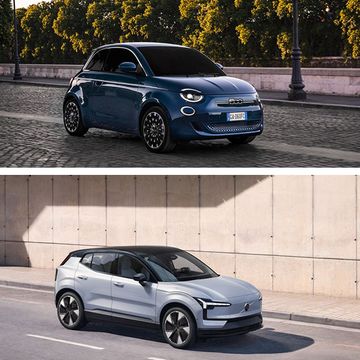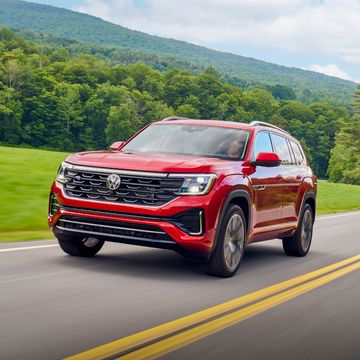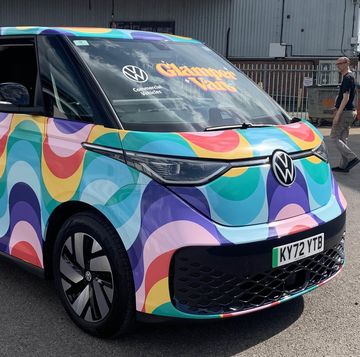- Volkswagen picks St. Thomas, Ontario, for the site of its first North American gigafactory, with the battery cell plant slated to open in 2027.
- In 2026 VW is expecting to begin production of the electric Scout vehicles in South Carolina, making it the VW Group's second US-based plant to produce electric models after Chattanooga, Tennessee.
- In 2022 VW created a battery production subsidiary called PowerCo under which the VW Group will produce batteries for its vehicles, with the first two gigafactories situated in Salzgitter, Germany, and Valencia, Spain.
VW has already made a commitment to produce EVs in North America, having started production of the ID.4 in Chattanooga, Tennessee, last fall. And just this week the automaker has revealed that it will produce vehicles for the new Scout SUV and truck brand here as well, choosing a location near Columbia, South Carolina, for the new lineup.
VW will soon need to produce batteries here as well to cater to EV production, as its European battery hubs—part of Volkswagen's PowerCo division—will have their hands full with other brands' battery needs.
This week VW revealed just that it has selected St. Thomas, Ontario, for the site of its first gigafactory in North America. The site is expected to begin battery cell production in 2027.
The Ontario plant will be the VW Group's first such hub outside Europe, following in the footsteps of Salzgitter, Germany, and Valencia, Spain, sites that will produce batteries for VW's European operations, including for brands like Skoda, SEAT, Porsche, and Audi.
"Our gigafactory in Canada sends a strong message: PowerCo is on track to become a global battery player," said Board Member for Technology of Volkswagen AG and Chairman of the Supervisory Board of PowerCo SE, Thomas Schmall. "With the expansion to North America, we will enter a key market for e-mobility and battery cell production, driving forward our global battery strategy at full speed."
VW chose St. Thomas, halfway between Toronto and Detroit in Ontario's southwest, half an hour north of the shores of Lake Erie, due to the supply of raw materials as well as sources of clean electricity, the automaker pointed out.
Even late last year as VW executives and German Chancellor Olaf Scholz visited Canada, it was clear that sites in the province were on the short list for a battery cell production site, due to their proximity to rail networks linked to mining operations in the country's central and western regions, as well as shipping corridors to VW sites in the American south. The St. Thomas site is also just across Lake Erie from the eastern half of Ohio.
"With the decisions for cell production in Canada and a Scout site in South Carolina we're fast-forwarding the execution of our North American strategy," said Oliver Blume, Volkswagen Group CEO.
Speaking of the South Carolina-built EV models, VW has indicated that Scout production will kick off a year prior to the launch of the Ontario gigafactory, in 2026, so battery packs for the Scout will come from elsewhere for the first year, most likely Europe.
Will VW be able to capture a significant slice of the EV truck and SUV market with the Scout brand, or will Jeep get there first with its electric models? Let us know your thoughts on this venture.

Jay Ramey grew up around very strange European cars, and instead of seeking out something reliable and comfortable for his own personal use he has been drawn to the more adventurous side of the dependability spectrum. Despite being followed around by French cars for the past decade, he has somehow been able to avoid Citroën ownership, judging them too commonplace, and is currently looking at cars from the former Czechoslovakia. Jay has been with Autoweek since 2013.
